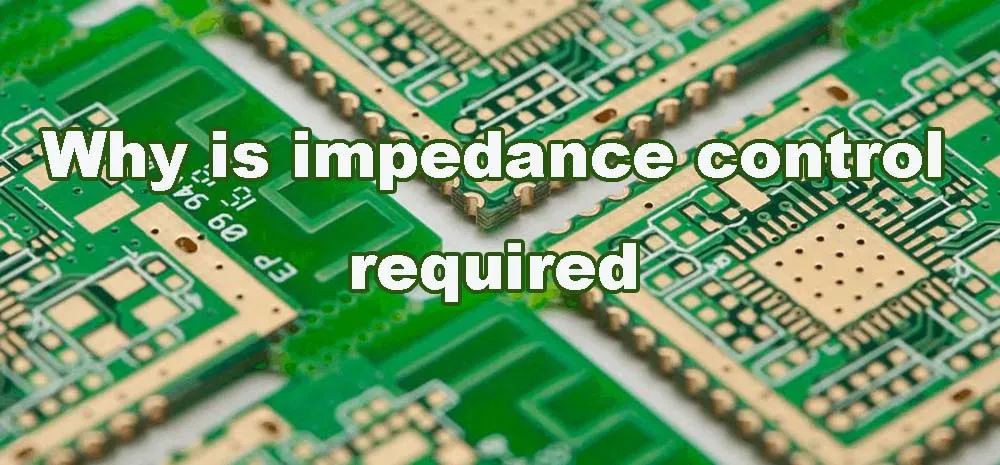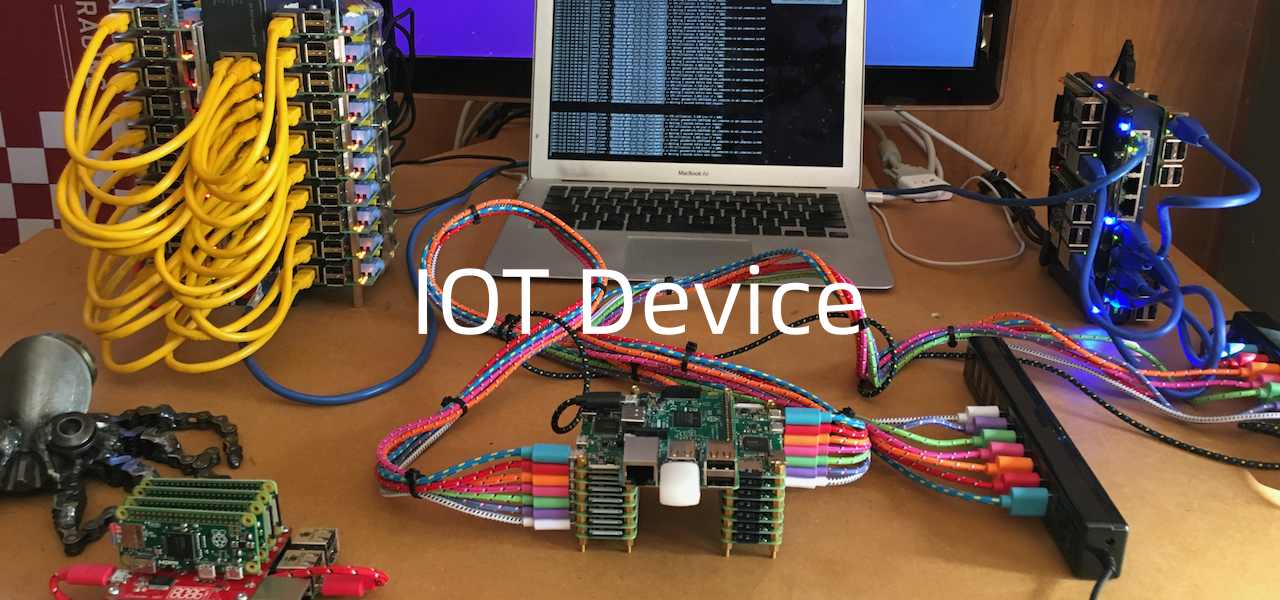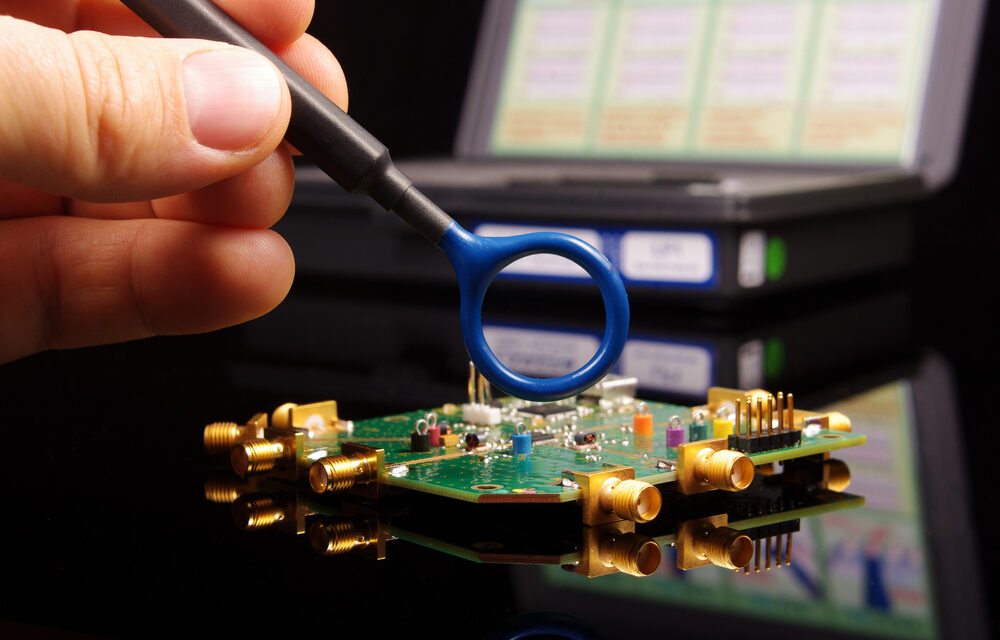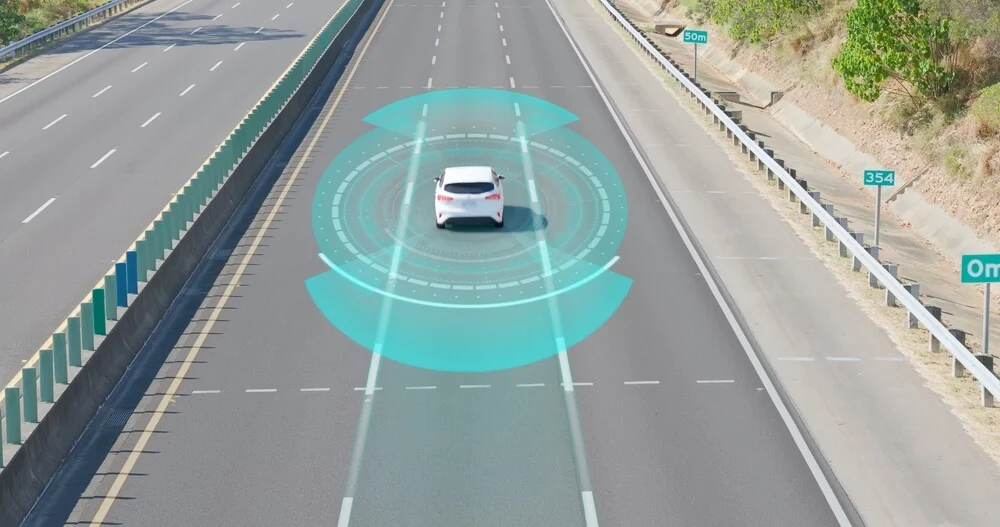The output value of the global electroplating PCB industry accounts for the rapid growth of the proportion of the total output value of the electronic component industry. It is the industry with the largest proportion in the electronic component industry. It occupies a unique position. The volume of electronic products is becoming lighter and thinner. Design method...
HomeCategory
Advanced Engineering Technologies for PCB & PCBA Solutions - KKPCB
Ensuring Electromagnetic Compatibility (EMC) compliance in motor control PCBs is essential to avoid interference issues, maintain system reliability, and ensure regulatory approval for market access. Here’s a breakdown of why EMC compliance matters and how to achieve it. 1. Why is EMC Compliance Important? Ensures Reliable Operation Without proper EMC measures, Electromagnetic Interference (EMI) can disrupt nearby electronic devices, causing system...
Nano waterproofing agent can be understood as nano waterproof coating, nano moisture-proof coating, anti-salt spray corrosion coating from the function, which provides a better solution for the waterproof of electronic products.The nano coating is directly applied to the PCBA of electronic products by immersion and spraying.As long as the PCBA is soaked in the nano...
Printed Circuit Board (PCB) manufacturing is a complex process that involves multiple steps, one of which is the application of solder paste or other materials onto the board. This is often accomplished through screen printing, a technique that requires a high-quality stencil. The PCB screen printing stencil making process is a crucial part of PCB assembly, as it directly affects...
Printed circuit boards (PCBs) serve as the foundation for electronics, providing the mechanical structure and electrical connections between components. PCB fabrication involves many steps, including printing conductive traces, solder mask, legend, and other features onto the bare boards. Two of the most common PCB printing methods are screen printing and inkjet printing. Both techniques can accurately reproduce fine features on a PCB, but...
The application of solder paste is one of the most crucial processes in the SMT assembly. This process requires careful attention and a high level of precision. This is because the main goal is to apply solder in the proper location and adequately. Therefore, it is important to carefully coat each pad using the appropriate amount of solder. The...
Motor driver ICs handle high currents and dissipate substantial heat, so efficient PCB design is essential to ensure proper heat dissipation and reliable performance. Below are some best practices for designing a robust PCB for motor driver ICs. 1. Use Large Copper Areas of PCB layout Copper plays a vital role in heat dissipation because it has...
Introduction As IoT technology advances, so do the requirements for Printed Circuit Board (PCB) design and manufacturing. This blog extends the discussion on how IoT is driving innovations in PCB design, exploring deeper insights into new design techniques, material advancements, manufacturing challenges, and future prospects. Advanced Design Strategies for IoT-Enabled PCBs Design for Manufacturability (DFM) and Assembly (DFA)...
In the world of modern electronics, the proper functioning of electronic devices hinges on the precision and reliability of their components, with Printed Circuit Boards (PCBs) playing a central role. One of the key challenges in PCB design and manufacturing is managing Electromagnetic Compatibility (EMC) and Electromagnetic Interference (EMI). Both of these factors can significantly impact the performance and...
China is pivotal in the global Printed Circuit Board (PCB) manufacturing industry. According to recent news reports, China has become the world’s largest PCB manufacturer, showing strong growth across multiple sectors. With the booming development of the electronics industry, particularly in consumer electronics, automotive electronics, and industrial automation, the demand for PCBs continues to rise, and China,...











